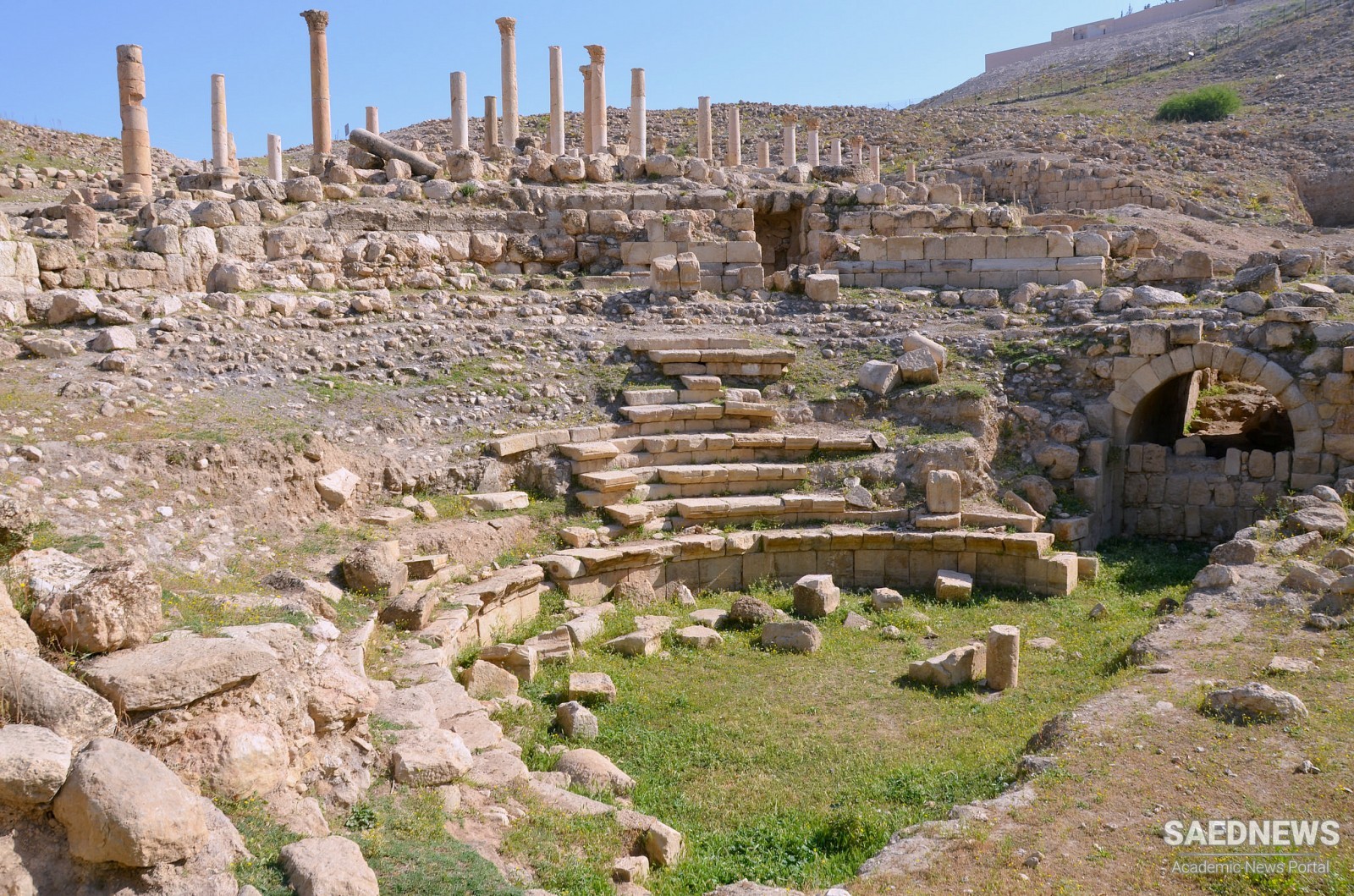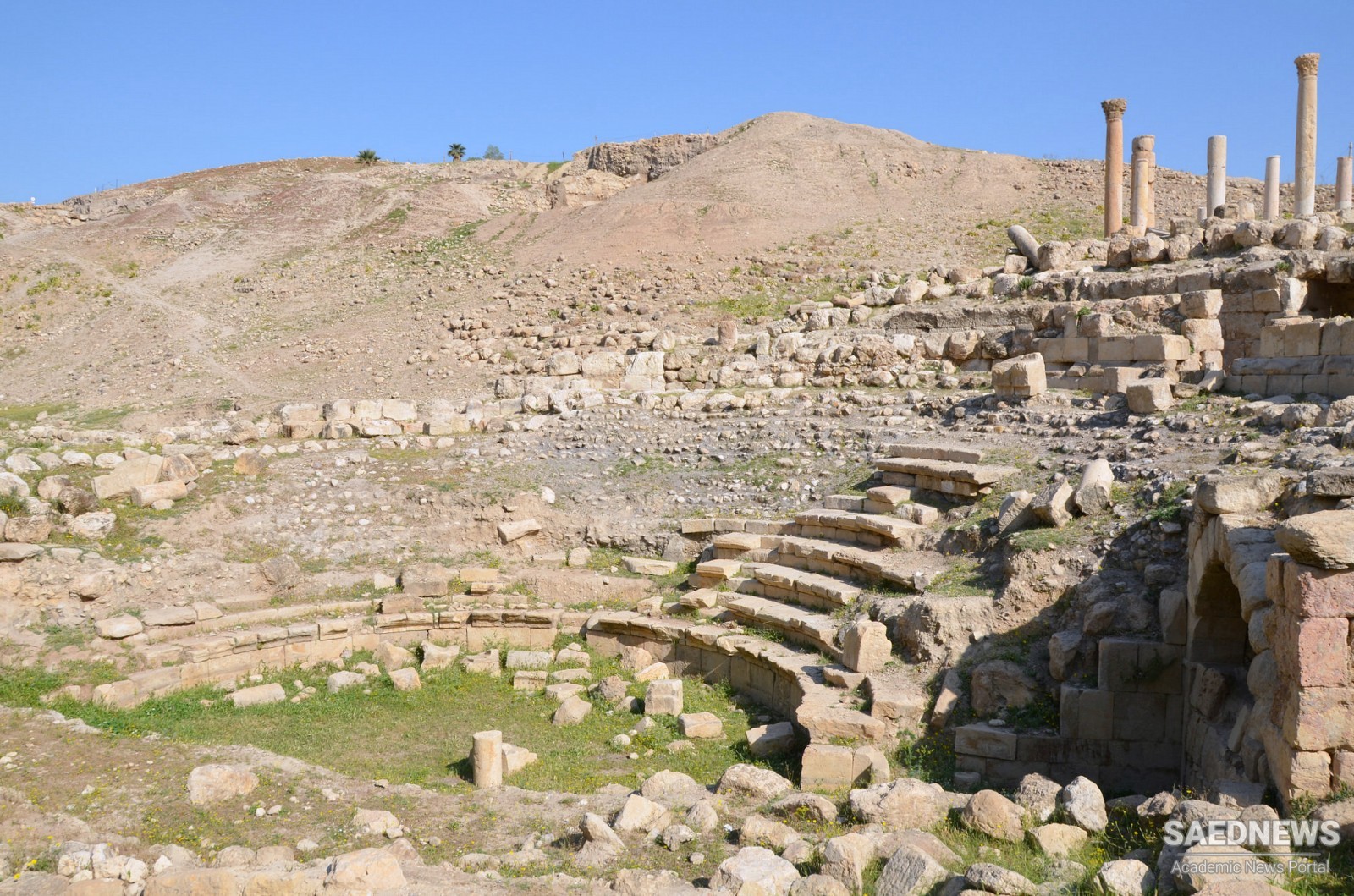Pella, near the modern Arab village of Taqabat Fahl, was one of the cities of the fabled Roman Decapolis. It's of great importance to archaeologists because it reveals evidence of 6000 years of continuous settlement. Many of the ruins are spread out, and a bit of imagination is required to get the most from the site, but the superb setting just above the Jordan Valley can be reward enough, particularly when the land blooms in spring.
At the base of the main mound (on your right as you pass through the entrance) are the limited remains of a Roman gate to the city. Atop the hill are the ruins of an Umayyad settlement, which consisted of shops, residences and storehouses. The small, square Mamluk mosque to the west dates from the 14th century. Carved into the southern side of the hill is the recently excavated Canaanite temple; constructed in around 1270 BC, it was dedicated to the Canaanite god Baal.



 Machaerus, Madaba, Jordan
Machaerus, Madaba, Jordan














































